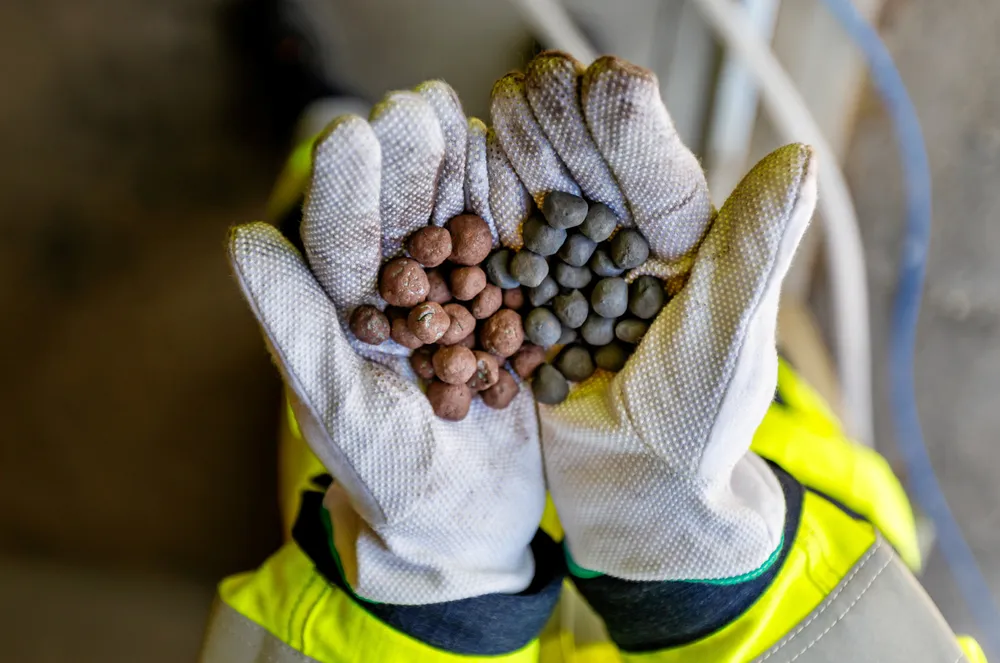Green iron from waste products | Final permits secured for full-scale green-hydrogen DRI plant in Sweden
Swedish start-up GreenIron’s 20,000 tonnes-per-year sponge iron project is currently under construction

Swedish start-up GreenIron’s 20,000 tonnes-per-year sponge iron project is currently under construction
